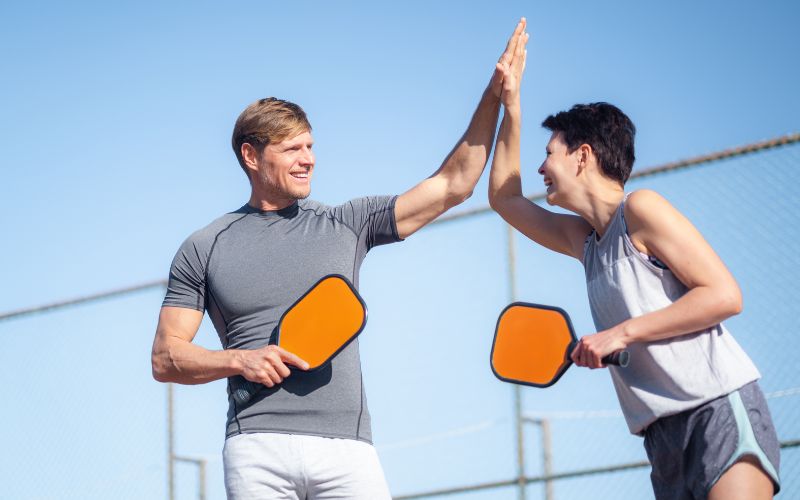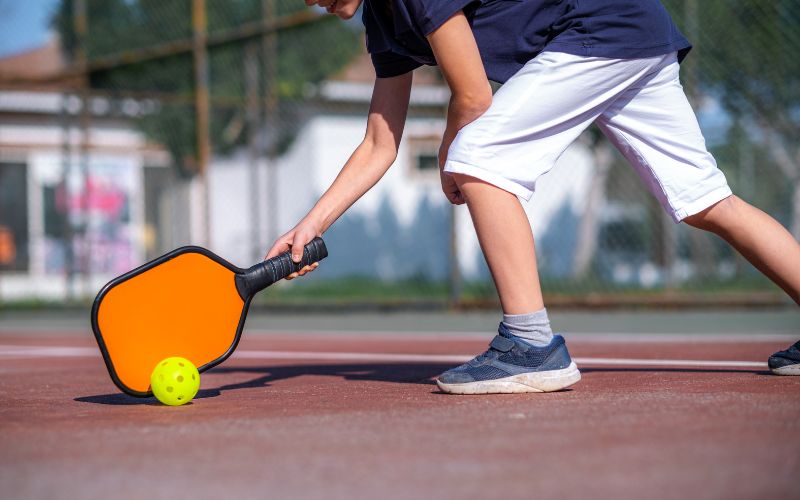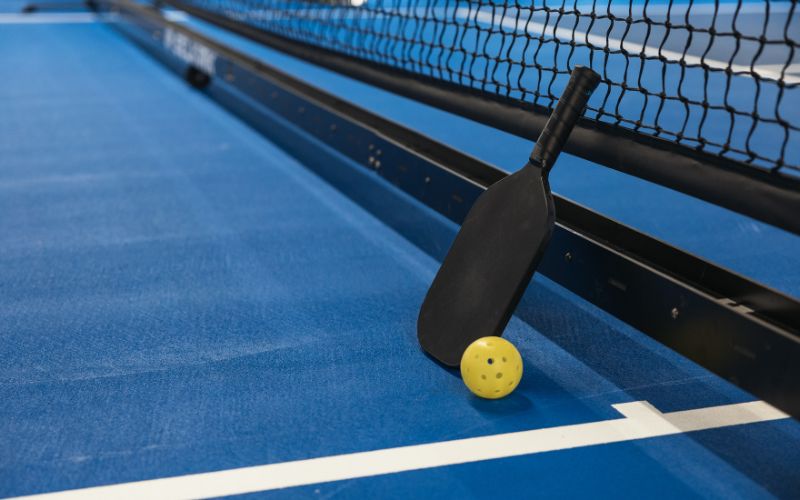Pickleball, a sport growing in popularity across the globe, requires specialized equipment, with the pickleball paddle being a key component. As with any sports gear, pickleball paddles have a lifespan, and knowing how to extend it can save players time and money in the long run. In this comprehensive guide, we’ll explore various factors that influence the longevity of a pickleball paddle and provide actionable tips to prolong its lifespan.
Understanding Pickleball Paddle Lifespan
What Factors Determine the Lifespan of a Pickleball Paddle?
The durability of a pickleball paddle depends on several factors, including materials, construction, maintenance, and frequency of use.
- Materials: Pickleball paddles are typically made from materials such as wood, composite, graphite, or a combination of these. Each material has its own durability characteristics, with composite and graphite paddles generally offering better longevity compared to wooden ones.
- Construction: The way a paddle is constructed also affects its lifespan. High-quality paddles are usually built with sturdy cores and protective edge guards to withstand the rigors of gameplay.
- Maintenance: Proper maintenance plays a crucial role in extending a pickleball paddle’s lifespan. Regular cleaning, storage, and inspection can prevent damage and prolong its usability.
- Frequency of Use: The more frequently a pickleball paddle is used, the faster it may wear out. Heavy usage, especially in competitive play or harsh playing conditions, can accelerate wear and tear.
Understanding When to Replace Your Pickleball Paddle
- Sense: Many pickleball enthusiasts will be intimately familiar with how their paddle interacts with the ball and will readily notice any alterations. Has the optimal striking area diminished in size or lost some of its power? Are there instances where the ball seems to rebound sluggishly off the paddle? These are indications that the paddle may be due for a replacement.
- Auditory Cues: Changes in the sound produced when striking the ball can also serve as a signal that a paddle is nearing the end of its lifespan. If there’s a sudden alteration in the sound emitted upon impact, it could signify damage or excessive wear on the paddle.
- Visual Examination: Another method of determining a paddle’s condition is through visual inspection. Visible dents or scratches on the paddle’s surface can hinder its performance and may indicate that the paddle has exceeded its useful lifespan.
Not all forms of wear and tear necessitate replacing the entire paddle. Paddle grips, for instance, can be easily swapped out either at home or by a professional. Regular players should consider replacing their grips periodically to maintain optimal tackiness and functionality.
Tips to Extend the Lifespan of Your Pickleball Paddle
1. Choose a High-Quality Paddle
Investing in a high-quality pickleball paddle from reputable brands can significantly extend its lifespan. While premium paddles may come with a higher upfront cost, their durability and performance often justify the investment.
2. Proper Handling and Storage
Handling: Avoid mishandling or abusing your paddle, such as banging it against hard surfaces or using it for activities other than pickleball. Treat it with care to prevent unnecessary damage.
Storage: Store your paddle in a protective case or cover when not in use to shield it from dust, moisture, and impacts. Avoid leaving it exposed to extreme temperatures or direct sunlight, as these can degrade the materials over time.
3. Clean Your Paddle Regularly
Dirt and debris can accumulate on the surface of your paddle during gameplay, affecting its performance and durability. Clean your paddle after each use with a damp cloth or sponge to remove any buildup. Avoid using harsh chemicals or abrasive materials that may damage the paddle’s finish.
4. Check for Damage
Regularly inspect your pickleball paddle for any signs of damage, such as cracks, chips, or delamination. Addressing minor issues promptly can prevent them from worsening and extend the paddle’s lifespan. If you notice significant damage, consider repairing or replacing the paddle as necessary.
5. Rotate Paddles
If you own multiple paddles, consider rotating them during gameplay to distribute wear evenly. This can help prolong the lifespan of each paddle and ensure consistent performance over time.
6. Avoid Excessive Rough Play
While pickleball is a fast-paced and dynamic sport, excessive rough play can take a toll on your paddle. Avoid hitting the ball with excessive force or using your paddle to block shots aggressively, as this can cause unnecessary stress and damage.
7. Use Protective Edge Guards
Invest in protective edge guards for your pickleball paddle to shield it from impacts and collisions with the court surface or other paddles. Edge guards can help prevent chips, dents, and scratches, thereby extending the lifespan of your paddle.
8. Retire When Necessary
Despite your best efforts to maintain and prolong its lifespan, every pickleball paddle will eventually reach the end of its usable life. Know when it’s time to retire your paddle and invest in a new one to ensure optimal performance and enjoyment on the court.
Conclusion
The lifespan of a pickleball paddle depends on various factors, including materials, construction, maintenance, and usage patterns. By following the tips outlined in this guide, pickleball players can extend the longevity of their paddles and get the most out of their investment. From choosing high-quality paddles to practicing proper maintenance and handling, taking proactive steps can help ensure that your pickleball paddle performs well and lasts for many games to come. Remember, a well-maintained paddle not only enhances your gameplay experience but also saves you time and money in the long term.




